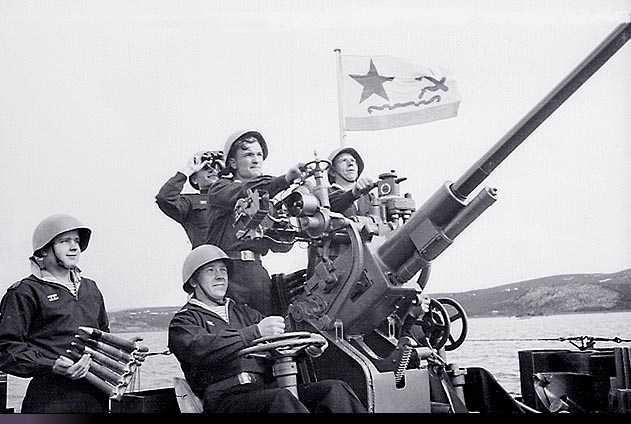This gun was a navalized version of the Army 37 mm 61-K, which was derived from the 45 mm 49-K, which was itself derived from the Bofors 25 mm (1") Model 1933. The 25 mm Bofors guns were originally sold to the Soviet Navy in 1935. Trials were successful, so the Russians started work on a scaled-up version firing 45 mm ammunition. The 45 mm 49-K was a successful design, but the Army judged that 45 mm was too large a caliber for an automatic field weapon and so requested a reduction in caliber to 37 mm.
These Russian designs were generally similar to the Bofors weapons of the 1930s, all of which had common features such as recoil springs and clip-feeds. In 1940 there were comparative trials between the 37 mm 61-K gun and the 40 mm/56 Bofors and it was concluded that there were no significant differences between them.
The naval version of the gun was designed in 1938 and it was accepted into service in 1940. It then went into large scale production and in 1942-43 replaced the semi-automatic 45 mm/46 21-K guns on most Soviet warships. The 37 mm guns became the main automatic weapons of the Soviet Navy during World War II and between 1941 and 1945 some 1,641 70-K guns were supplied to the Soviet Navy. A further 489 Army 61-K guns were also transferred over to the Navy. The naval mount stayed in production until 1955 and a total of 3,113 were built.
In addition to the single 70-K mount there were also a twin 66-K mount and quad 46-K mounts designed before the war. The 66-K was on trials when the war started and and development was then abandoned. The 46-K mount was also on trials at the start of the war. This mounting was designed for the new generations of Soviet warships under construction in the early 1940s. The 46-K mount was fully enclosed, armored, had NBC protection and the guns were water cooled. The mount was successful, but due to the needs of the war, it was not accepted into production. The single 46-K that was produced was installed on board the battleship Oktyabr'skaya Revolutsiya in the spring of 1942 where it was used throughout the war.
In 1940 design of another twin mount designated V-11 was started and by 1944 a prototype entered proofing trials. These were successful and this mount was accepted for service in 1946. Production of the V-11 went on until 1957 and a total of 1,872 mounts were built.
These guns were not exceptional weapons, but they worked well enough and they were the main Soviet automatic weapons from 1942 until 1955. Both the Navy and the Army versions were used in almost all of the conflicts of the second half of the 20th century.
The barrel is monobloc with a blade type breech, which opened to the bottom. The 70-K mounts were air cooled, while V-11 was water cooled. Ammunition was supplied in 5-round clips.
The ammunition for this weapon was developed from that used for the USA's Colt-Browning 37 mm. The USA considered the Colt-Browning ammunition to be inferior to that available for the 40 mm Bofors.
Nomenclature note: This weapon is generally known as "37 mm Model 1939" in Western publications.
The People's Republic of China produces this weapon for both single and twin mounts.
| Designation | Russia / USSR: 37 mm/67 (1.5") 70-K
PRC: 37 mm/63 Type 676 |
|---|---|
| Ship Class Used On | Most Soviet warships between 1942 and 1955
PRC Navy ships |
| Date Of Design | 1938 |
| Date In Service | 1941 |
| Gun Weight | 277.9 lbs. (126 kg) |
| Gun Length oa | 107.44 in (2.729 m) including flash suppresser and breech |
| Bore Length | 91.14 in (2.315 m) (62.5 calibers) without flash suppresser |
| Rifling Length | 80.9 in (2.054 m) |
| Grooves | 16 |
| Lands | N/A |
| Twist | N/A |
| Chamber Volume | 16.2 in3 (0.265 dm3) |
| Rate Of Fire | 70-K: 150 rounds per minute practical
66-K: 160-180 rounds per minute cyclic 66-K: 145 rounds per minute practical 46-K: 400-500 rounds per minute practical V-11: 320-360 rounds per minute |
| Type | Fixed |
|---|---|
| Weight of Complete Round | HE-FRAG tracer: 3.298 lbs. (1.496 kg)
AP tracer: 3.355 lbs. (1.522 kg) |
| Projectile Types and Weights | HE-FRAG tracer: 1.614 lbs. (0.732 kg)
AP tracer: 1.671 lbs. (0.758 kg) |
| Bursting Charge | HE-FRAG tracer: 0.079 lbs. (0.036 kg)
AP tracer: none |
| Projectile Length | HE-FRAG tracer: 4.7 calibers
HF-FRAG: 4.4 calibers AP tracer: 4.5 calibers AP: 4.2 calibers |
| Propellant Charge | 0.463 lbs. (0.21 kg) |
| Muzzle Velocity | HE-FRAG tracer: 2,887 fps (880 mps)
AP tracer: 2,887 fps (880 mps) |
| Working Pressure | 17.7 tons/in2 (2,800 kg/cm2) |
| Approximate Barrel Life | Air-cooled versions: 1,500 rounds
Water-cooled versions: 2,000 rounds |
| Ammunition stowage per gun | 70-K
Pr 7U DDs: 2,000 rounds Pr. 30K DDs: 1,000 rounds normal Uragan (Pr. 2 and Pr. 39) Patrol ships: 1,500 rounds Uragan (Pr. 4) Patrol ships: 1,000 rounds Yastreb (Pr. 29K) Patrol ships: 2,000 rounds V-11
|
| Elevation | Distance |
|---|---|
| Theoretical ballistic range | 9,190 yards (8,400 m) |
| Maximum AA ceiling | 16,400 feet (5,000 m) |
| Effective AA Ceiling | 13,120 feet (4,000 m) |
| Designation | Russia / USSR
Single air-cooled: 70-K Twin water-cooled: 66-K, V-11, V-11M, V-47M 1 Quad water-cooled: 46-K |
|---|---|
| Weight | Russia / USSR
70-K: 2,976 lbs. (1,350 kg) 66-K: 16,138 lbs. (7,320 kg) 46-K: 40,345 lbs. (18,300 kg) V-11: 7,496 lbs. (3,400 kg) PRC
|
| Elevation | Russia / USSR
70-K: -10 / +85 degrees 66-K: -10 / +85 degrees 46-K: -10 / +85 degrees V-11: -15 / +90 degrees PRC
|
| Elevation Rate | Russia / USSR
70-K: 15 degrees per second 66-K: 20 degrees per second 46-K: 15 degrees per second V-11: 12.64 degrees per second PRC
|
| Train | 360 degrees |
| Train Rate | Russia / USSR
70-K: 19.6 degrees per second 66-K: 20 degrees per second 46-K: 20 degrees per second V-11: 16.7 degrees per second PRC
|
| Gun recoil | 70-K: 5.91 - 6.69 in (150 - 170 mm) normal; 7.28 in (185 mm) maximum
66-K: 6.89 in (175 mm) 46-K: 6.89 in (175 mm) V-11: 6.89 in (175 mm) |
- ^The VM-47 was widely used on post-World War II ships.
- ^The PRC mountings lack the cross-stabilization found on many Russian mountings of this type.
- ^Type 61 and Type 76 are completely open mounts.
- ^Type 76A is a partially enclosed mounting which is apparently a copy of the 40 mm Fast Forty but uses the 37 mm gun.
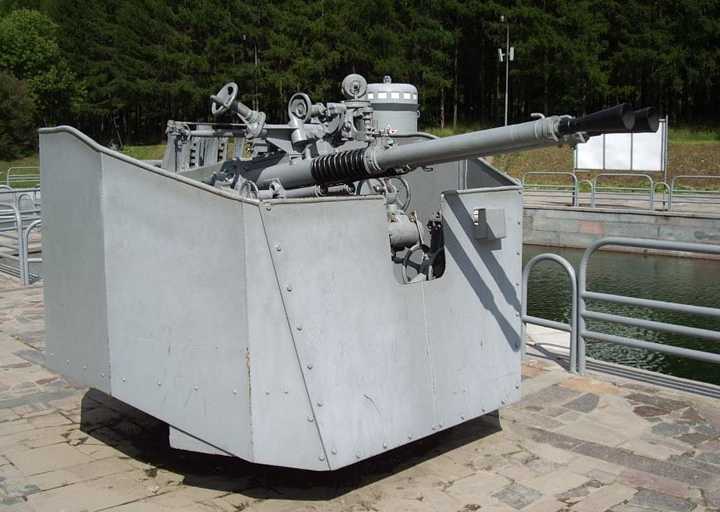
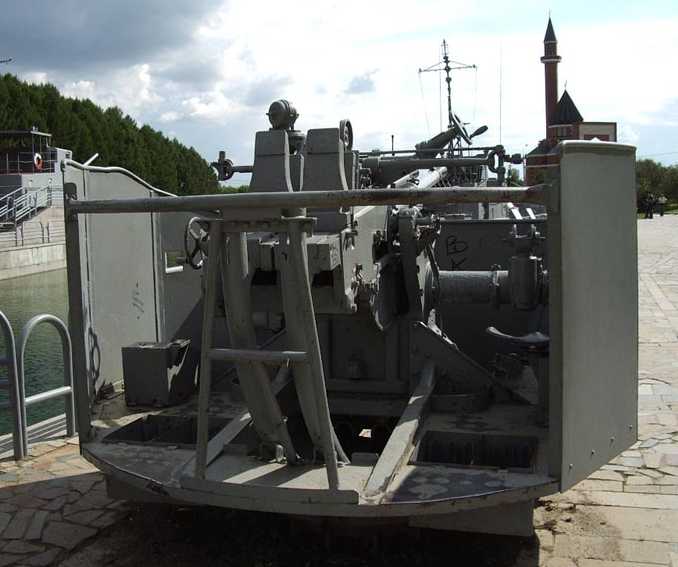
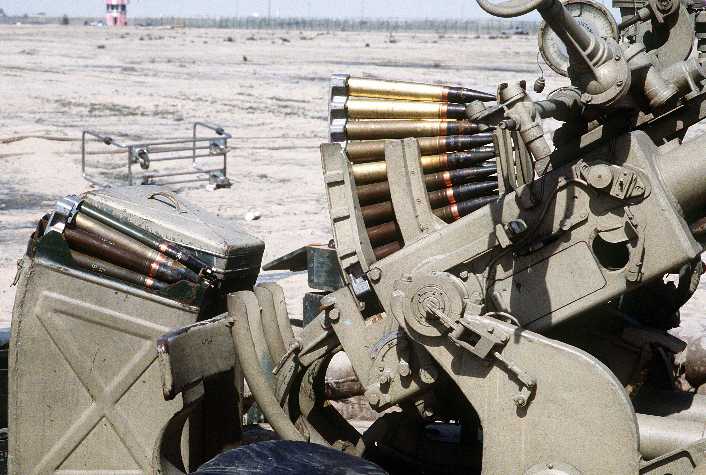
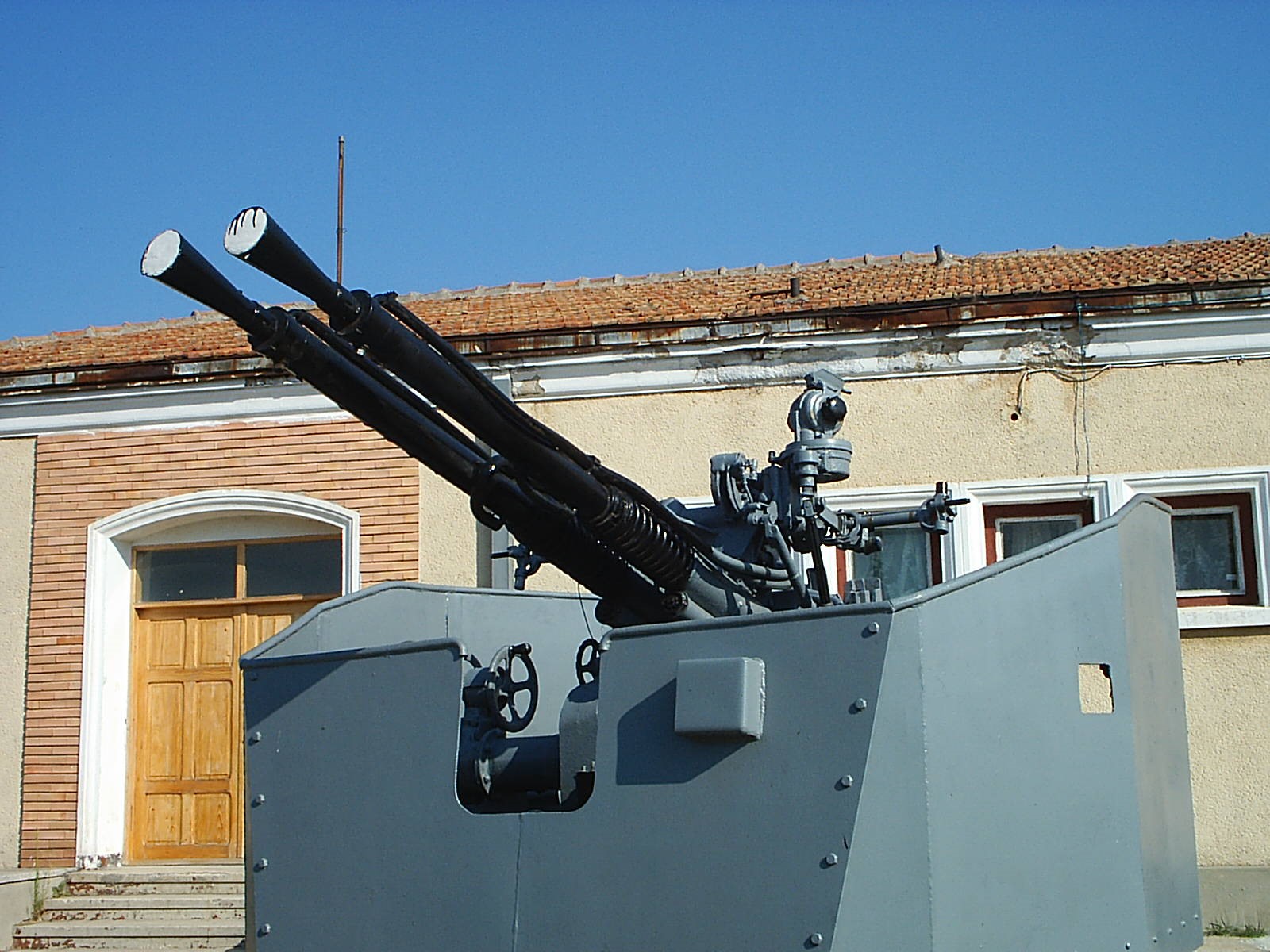
"Naval Weapons of World War Two" by John Campbell
"The Naval Institute Guide to World Naval Weapon Systems 1991/92" and "The Naval Institute Guide to World Naval Weapon Systems 1994 Update" both by Norman Friedman
"Battleships: Allied Battleships in World War II" by W.H. Garzke, Jr. and R.O. Dulin, Jr.
"Sovetskie Boevye Korabli 1941-45: IV Vooruzhnie" (Soviet Warships 1941-45: Volume IV Submarines), A.V. Platonov
"Jane's Fighting Ships 1998-99" edited by Capt. Richard Sharpe, RN
"Entsiklopedia Otechestvennoi Artillerii" (Encyclopedia of Fatherland (Russian) Artillery) by A.V. Shirokorad
---
Articles in the Magazines "Gangut" and "Taifun"
---
Special help from Vladimir Yakubov and Tudor Pacuraru
19 November 2008 - Benchmark
23 September 2021 - Converted to HTML 5 format

